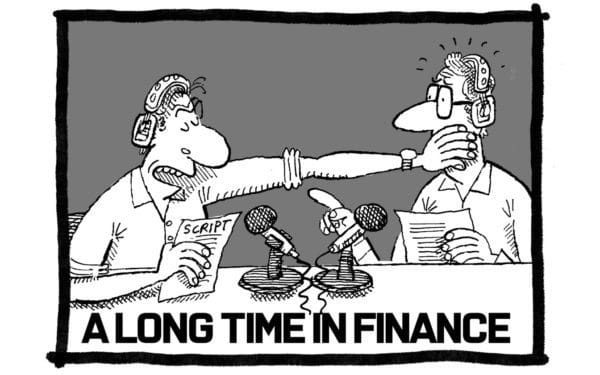The UK has a growth problem, and there is a simple reason for this disastrous state of affairs. Why – even before Covid-19 struck – was investment as a proportion of the UK’s national income 17 per cent, lower than that of any other industrialised country?
The world average is 25 per cent, and if you look to countries along the Pacific Rim, it’s even higher at almost 40 per cent. No wonder that their average growth rate has recently been around 7 per cent compared to our 1.4 per cent.
In the UK, it does not generally pay to invest, especially in the industries in which productivity increases are most readily found. The natural home for these types of investment is the fiercely competitive international light industrial market for manufactured goods, and we are missing out because the cost of manufacturing in the UK is too high. The prices we charge for our exports are uncompetitive, but it does not have to be like this.
Typically, around 30 per cent of total manufacturing costs are for machinery, raw materials, and components, for which there are world prices. All the other costs – for direct labour, management, overheads, interest, and taxation – are incurred in the domestic currency – sterling in our case. The rate at which these costs are charged out to the rest of the world is determined by the exchange rate and this is what mainly determines whether our prices are competitive or not.
And this rate has clearly been much too high for a long time, at least for manufacturing, judging by two key tests. One is our share of world trade, which has gone down and down. It was 11.1 per cent in 1950, 5.5 per cent in 1985 and it is now 2.5 per cent. The other is the extent to which we have deindustrialised. Even as late as 1970, nearly a third of our gross domestic product (GDP) came from manufacturing. Now it is less than 10 per cent.
This matters hugely because manufacturing is responsible for at least four key contributions to our economy. First, it provides better, steadier, higher productivity and more satisfying jobs on average than services. Ten per cent of our GDP is produced by 8 per cent of our workforce, providing a 25 per cent output per hour bonus.
Second, productivity increases are much easier to achieve in manufacturing than they are in services, so the more the economy is tilted towards industry, the higher the growth rate is likely to be.
Third, we have a balance of payments deficit which has recently been nudging up to £100 billion a year, and we desperately need to sell more abroad to stop this drain on our economy. Services are too difficult to export to fill the gap. Only more manufacturing sold abroad – or goods made in the UK for our own home market – can do this.
The fourth reason why manufacturing is key is that re-establishing industries in the regions of the UK outside London is the only practical way of levelling up economic opportunities and tackling the huge disparities which currently exist. In 2017, the average gross value added per head per year was £49,000 in London. In Wales and the North East, it was well under half that at £20,000. Many areas of the UK have far too little to sell to the rest of the world to pay their way, leaving them with lower living standards than in the capital even after receiving massive transfers through the welfare state and in grants and loans from London.
“Levelling up” is a topic of discussion that’s being talked about a lot at the moment; an objective strongly supported across the political spectrum. But what realistic policies will make it actually happen? We need physical investment to provide goods for the regions to sell, and to drive up productivity and the growth rate. Because this activity finds its natural home in the private sector, it has to be profitable otherwise it will never materialise. In turn, this will drive up wages and living standards.
But what are we doing to level up? Far from improving investment and profitability prospects in the left-behind regions, we are doing exactly the opposite by allowing the exchange rate to drift upwards.
In September last year, the sterling-dollar exchange rate dropped to $1.26. Now it is $1.39 – a 10 per cent increase. At a time when we are desperate to get our economy rebalanced and to do something effective about our badly hit, erstwhile manufacturing heartlands, we are creating an environment which guarantees that investment will go down while making sure that no other mix of policies will work.
This really is madness. It is condemning us to a growth rate which, once the immediate recovery from the coronavirus has passed, is unlikely to be more than about 1 per cent per annum. Allowing for our rising population, this means that average incomes in the UK are unlikely to be any higher in 2030 than they were in 2019 or even 2007, before the financial crash. Stagnation will have lasted for a whole generation.
This is not going to keep the voters in the “red wall” seats happy.
John Mills is founder and Chairman of JML, the consumer goods distribution company. He is also an economist and author, noted for his writing on Brexit, the Labour Party and exchange rate policy.




